MIZUE SAWANO (JAPAN/US):
TOKYO/PARIS/NEW YORK
July 16 - August 29, 2025
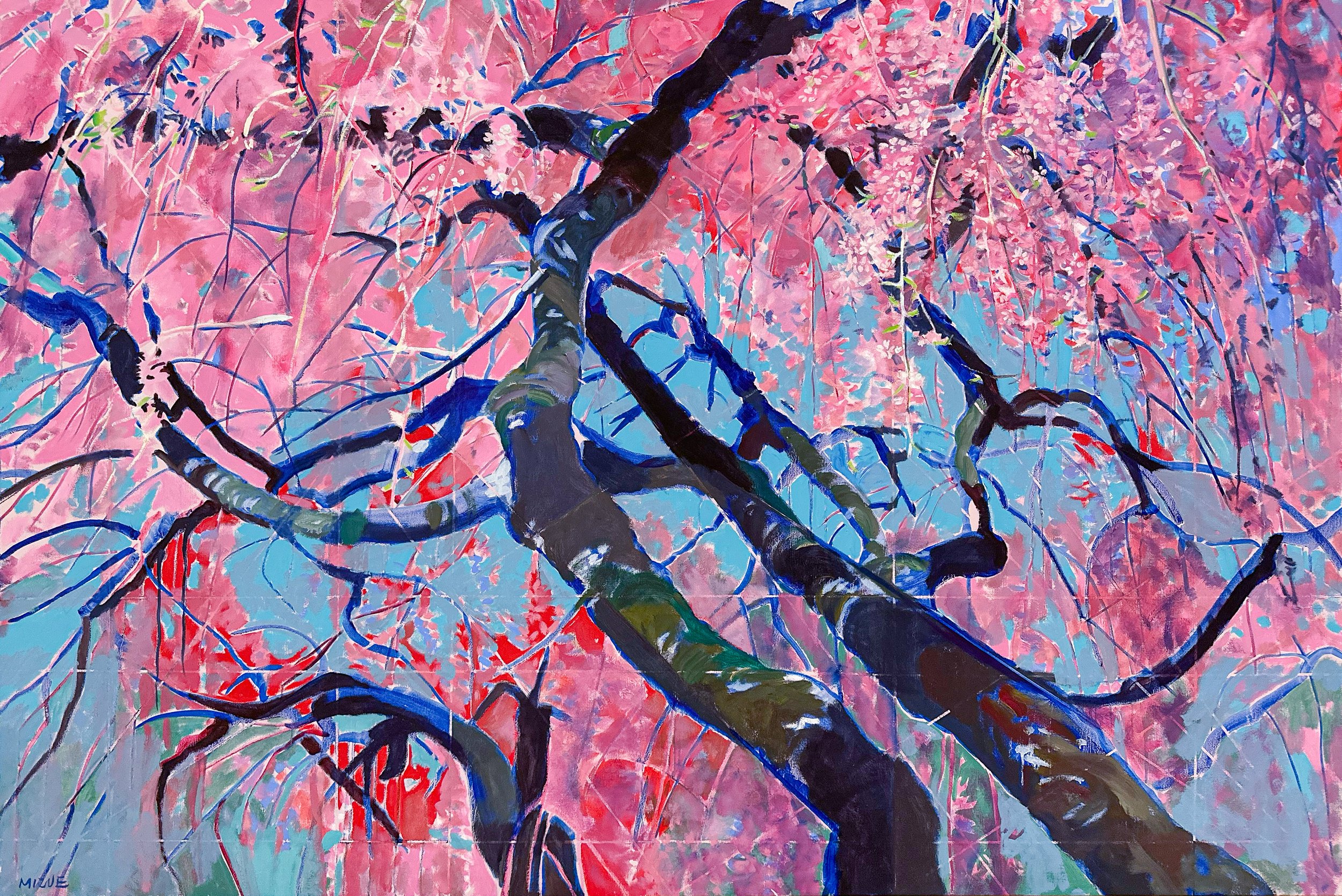
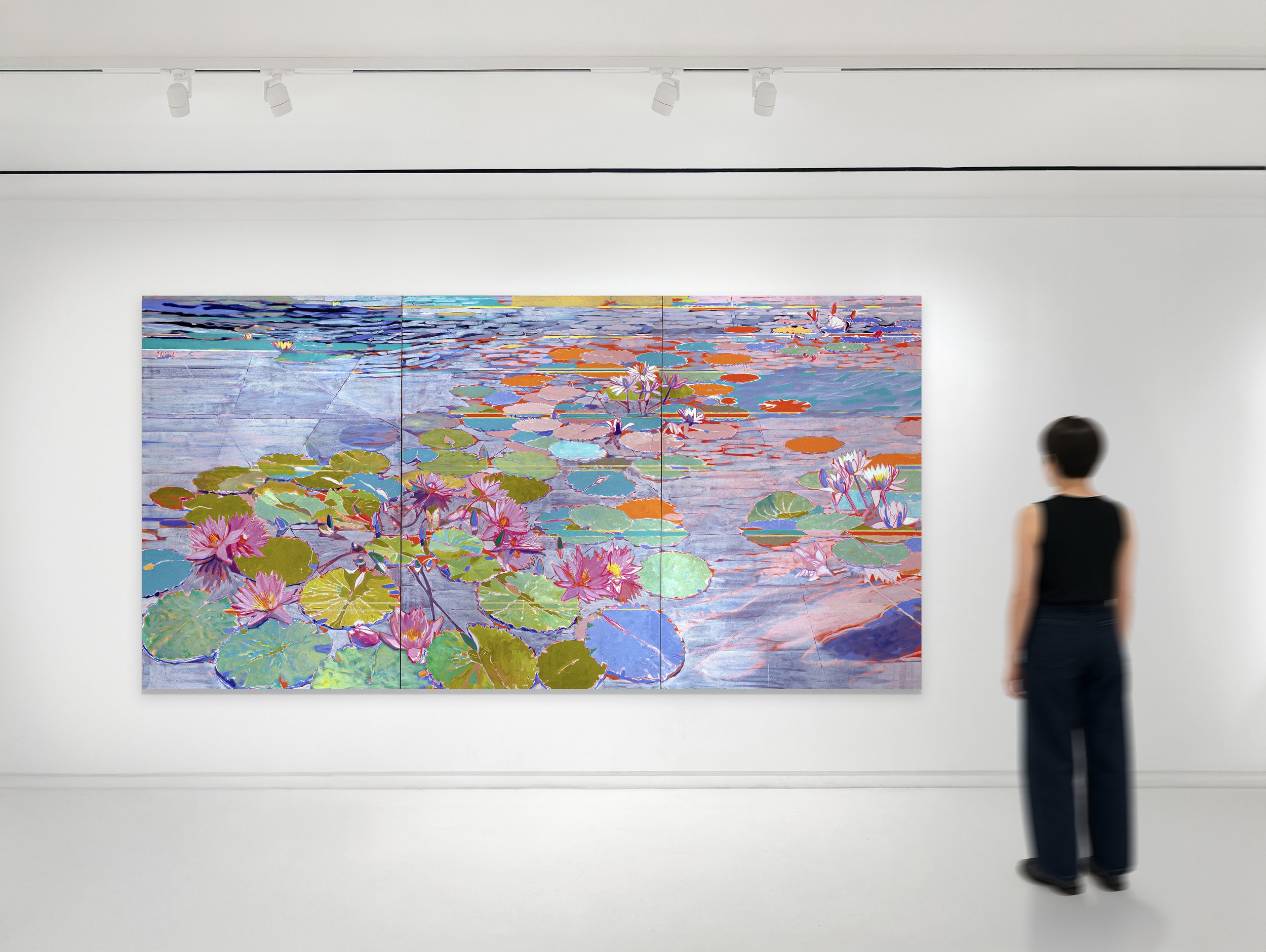
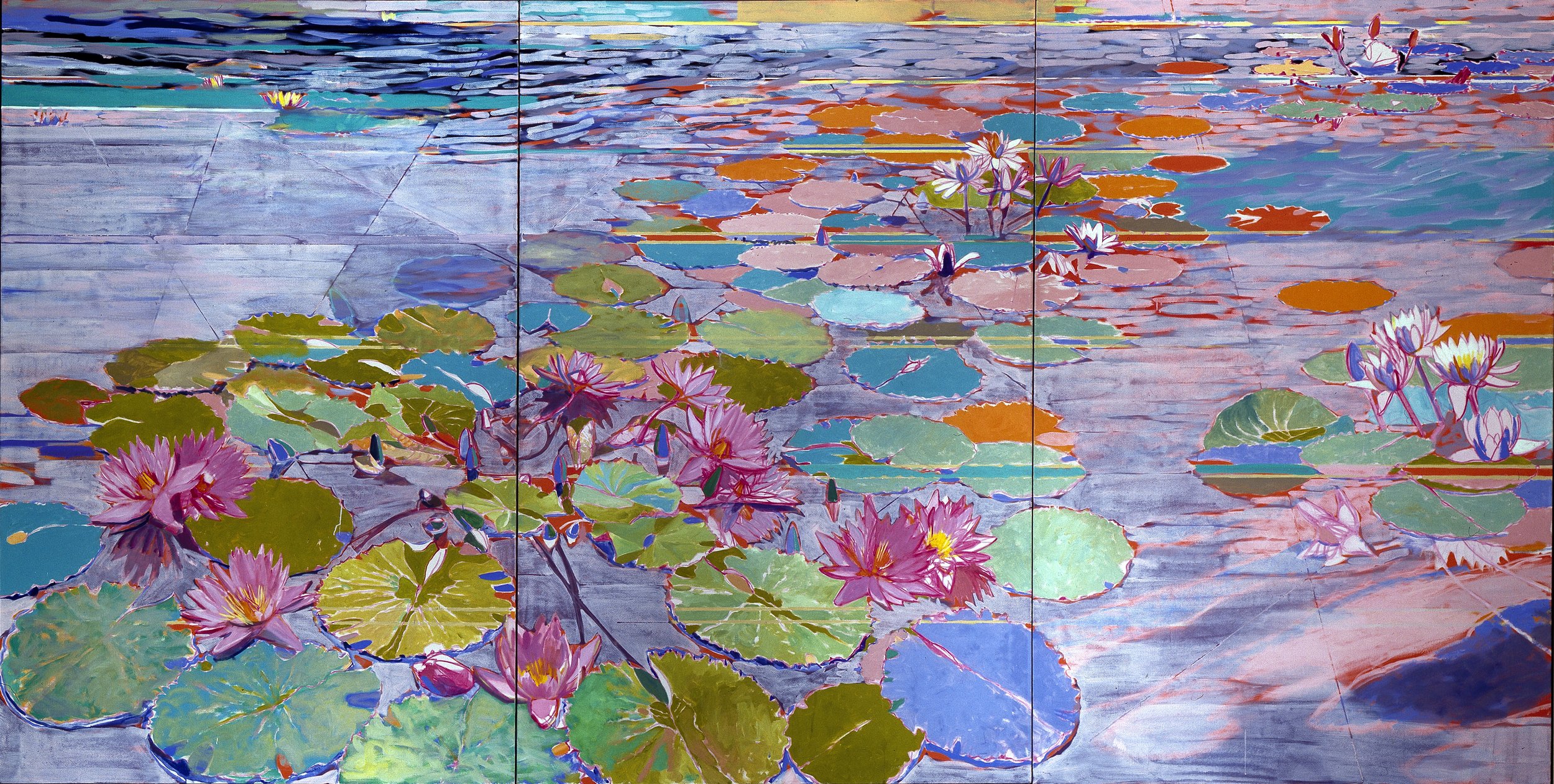
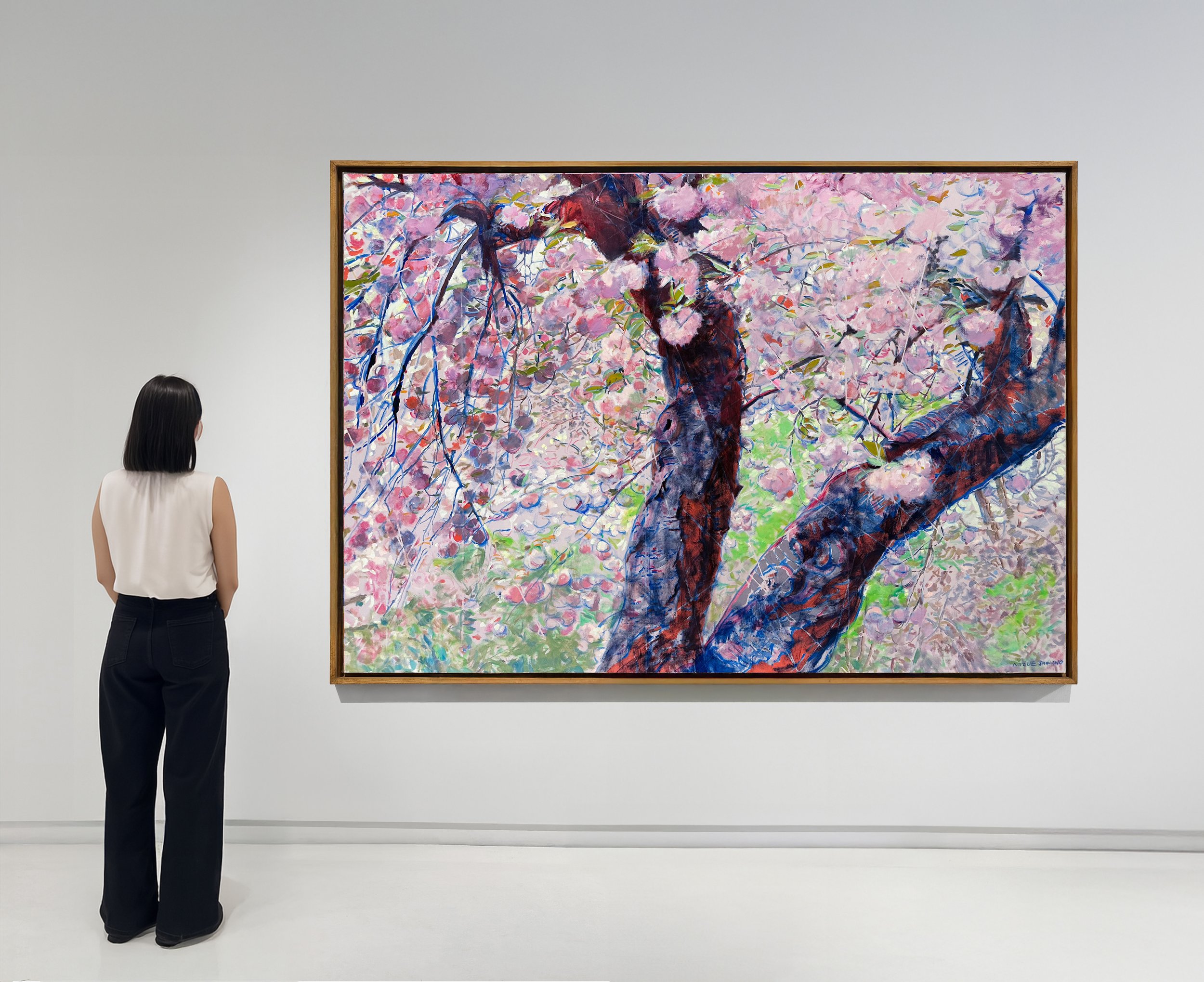

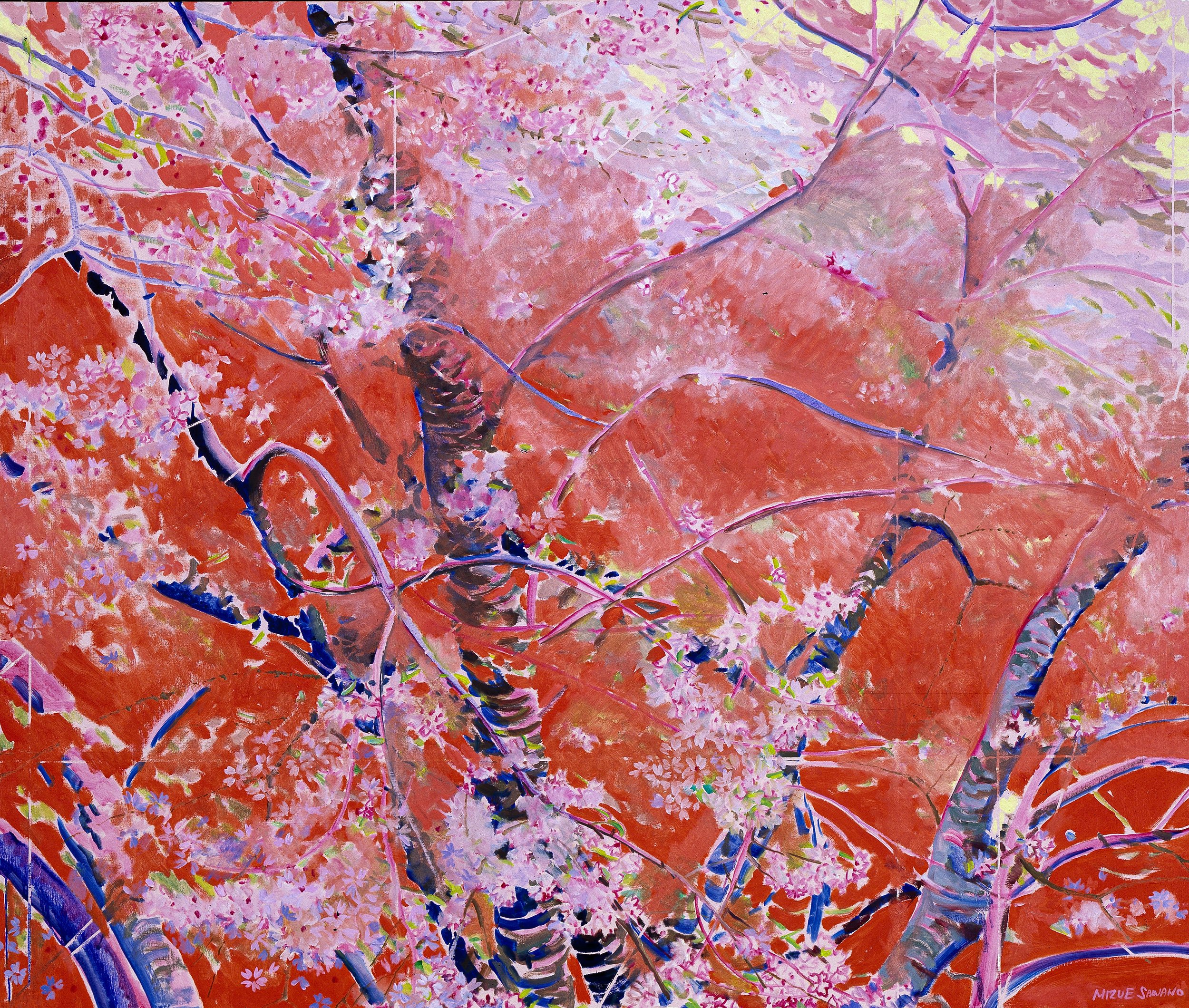
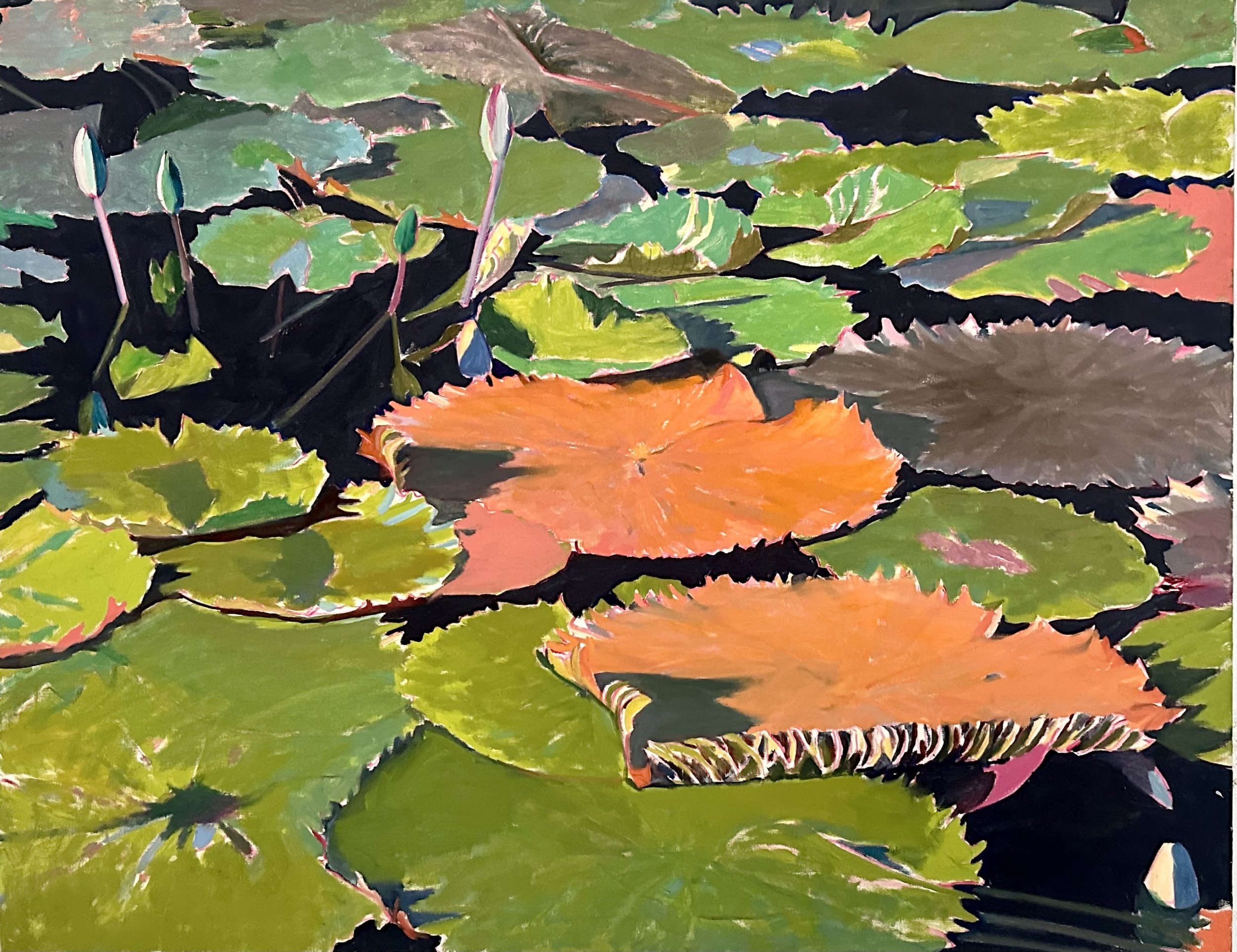
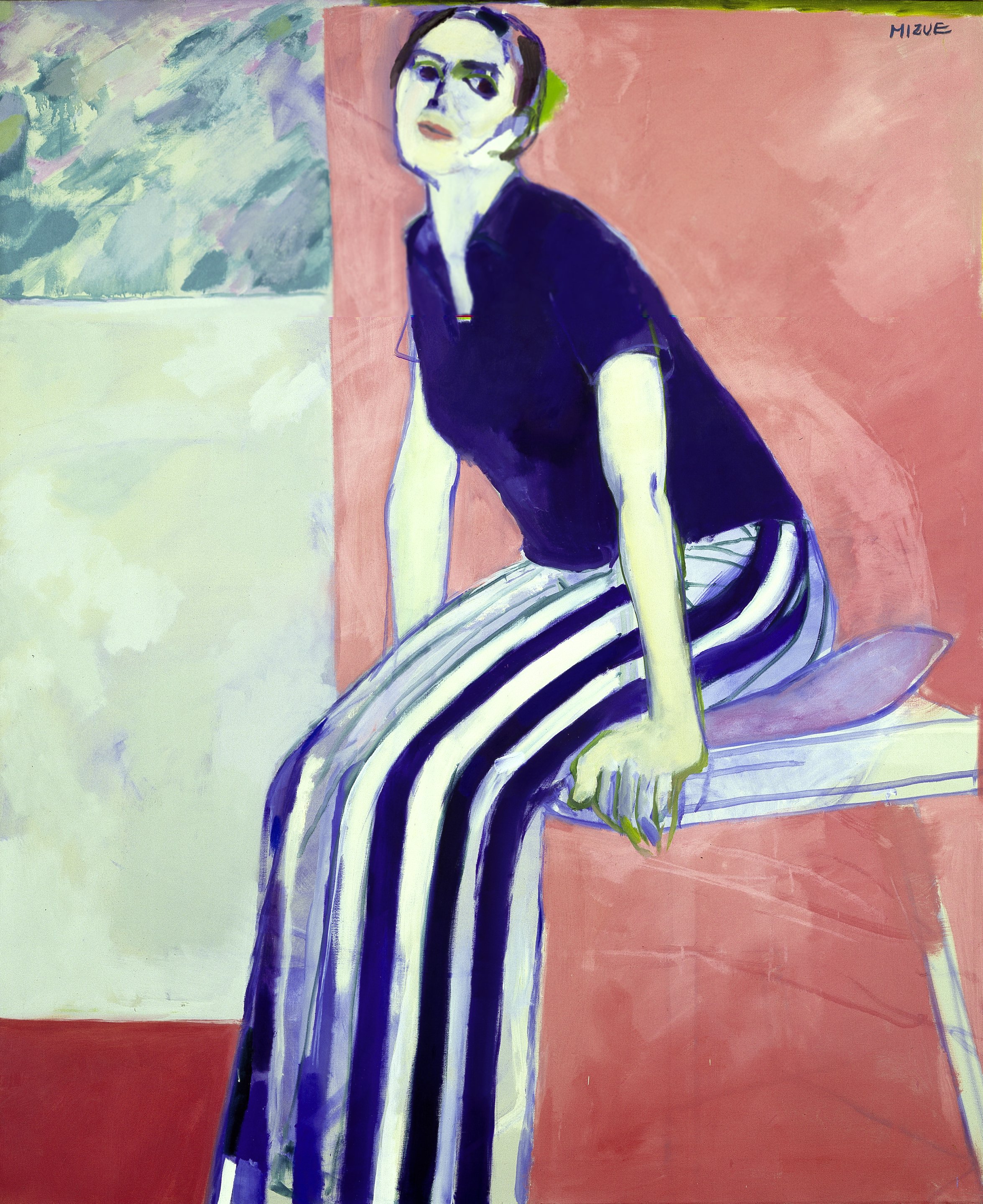
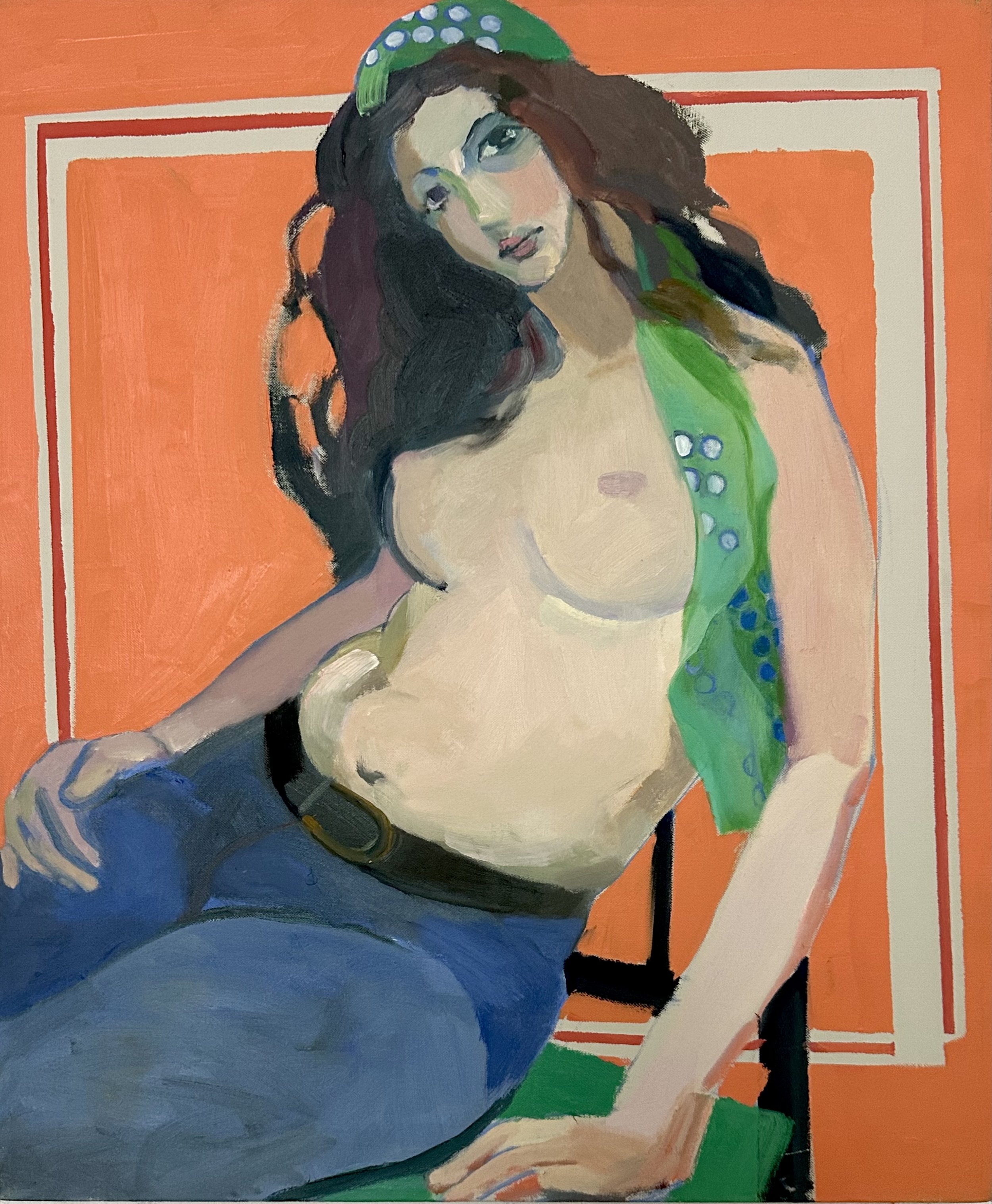
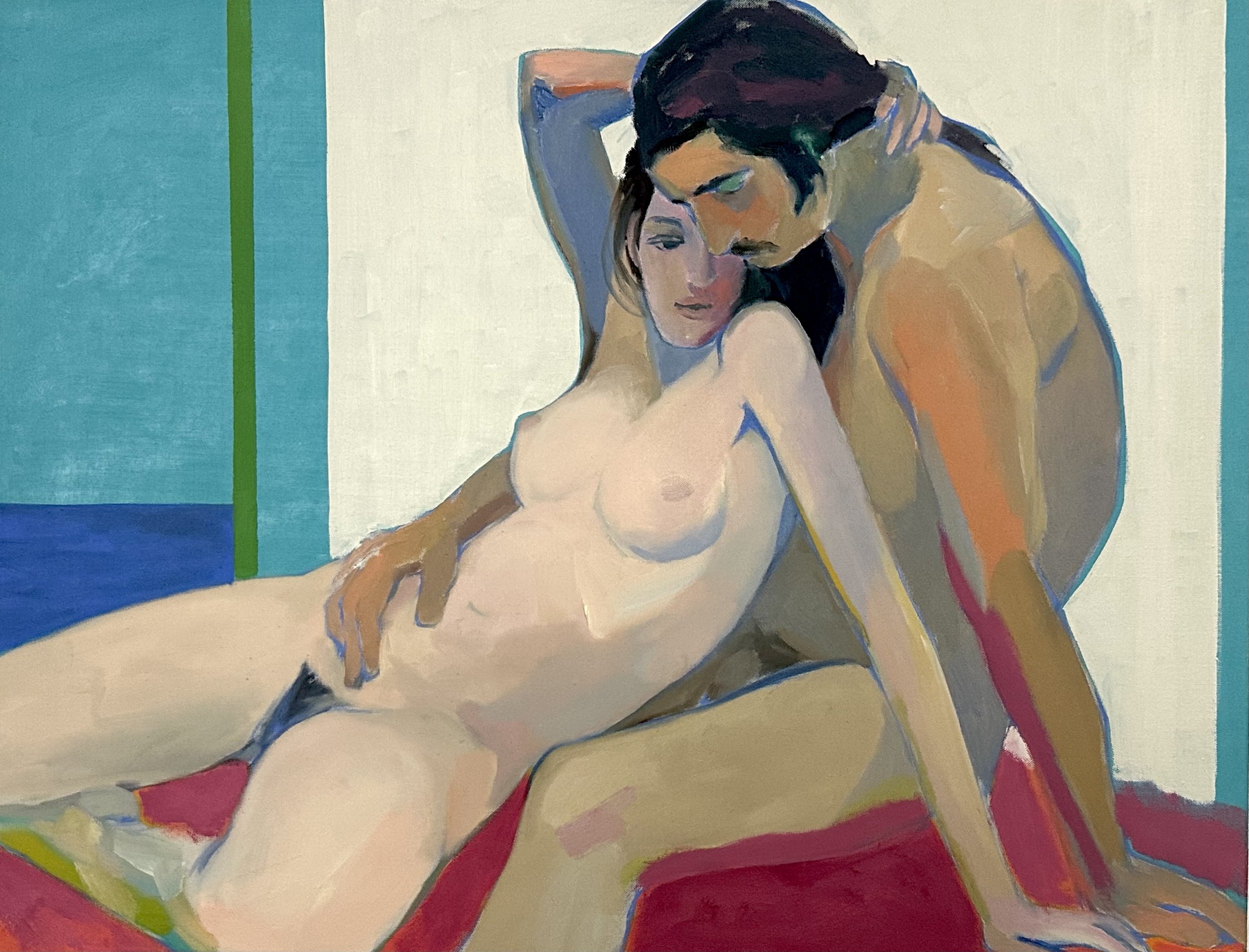
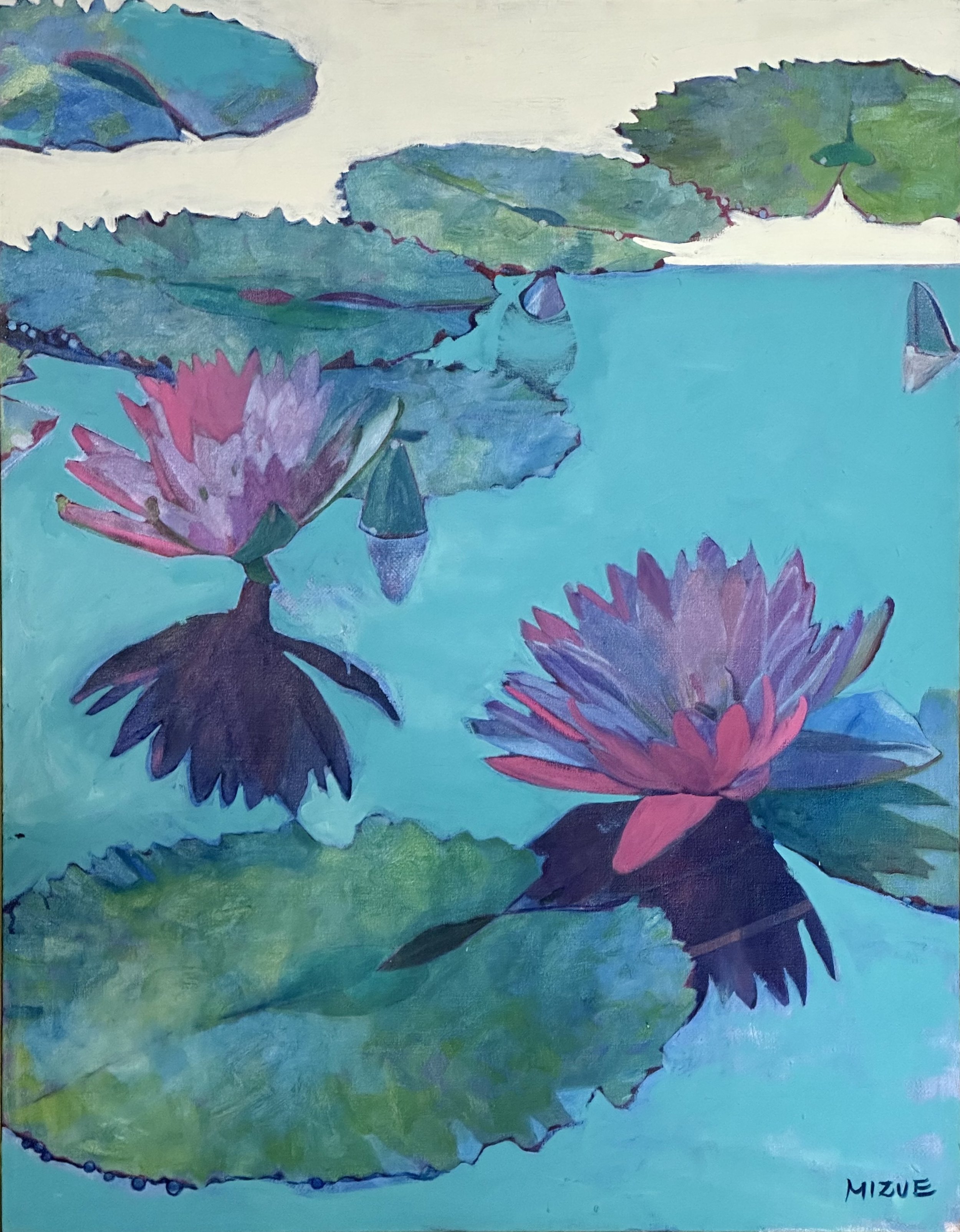
Sapar Contemporary is thrilled to present the gallery’s first solo show of Japanese-American artist Mizue Sawano (b. 1941, Japan). Included in the exhibition are her signature works that showcase her engagement with the figure that began in the 1950s in Paris and her life-long dialogue with nature. In describing Sawano’s Water Lilies series, curator and Asia scholar Alexandra Munroe states, “Multilayered in form, structure, and color, Sawano’s Water Lilies simulate the optical dynamism of nature’s temporal phenomena, capturing the sensual immediacy of time and site, of the very substance of light, water, and blooms.” The series of Sakura or Cherry Blossom paintings, which depict a cherished subject of Japanese painting and poetry, began in the 1980s. Munroe, who believes the Cherry Blossom series to be undoubtedly the most important works of her career describes Sawano's approach: “What is challenging is that she perceives sakura as a metaphor of nature’s abiding power rather than of its ephemerality.”
Mizue Sawano (b. 1941, Moriguchi, Osaka Prefecture), the daughter of a well-known novelist and journalist, is a Japanese American painter whose studio practice spans over five decades, traversing Tokyo, Paris, and New York. Sawano's work explores the poetics of the natural world through a contemporary lens, often engaging with natural motifs primarily in oil paint.
Trained in both Japanese and Western art traditions, Sawano earned her BFA and MFA from Tokyo National University of Fine Arts and Music before receiving a French government scholarship in 1966 to study under Maurice Brianchon at the École des Beaux-Arts in Paris. She relocated to New York in 1969, where she continued her studies at the Art Students League under a Merit Scholarship and established a long-term studio practice. Through her extensive studio practice, Alexandra Munroe, observes that Sawano “focused on figures and landscapes in an increasingly free and fluid manner, moving farther yet from realist towards abstract forms”.
Sawano has exhibited widely in both solo and group exhibitions in the United States, Japan, and internationally, including presentations in Tokyo, Washington, D.C., Mexico City, and Morocco. Her work is held in both public and private collections. Sawano has exhibited at the National Museum of Women in the Arts in Washington, D.C., the Edwin O. Reischauer Institute of Japanese Studies at Harvard University, and the Brooklyn Botanic Garden as well as many others. She has also completed major public commissions in Morocco through the Assilah Forum Foundation. Over the years, Sawano has been recognized for her contribution to cross-cultural artistic dialogue, particularly between the U.S. and Japan, and is a recipient of multiple honors, including “Artist of the Year” at the 1974 Mitsukoshi Emerging Artists Exhibition in Tokyo.

